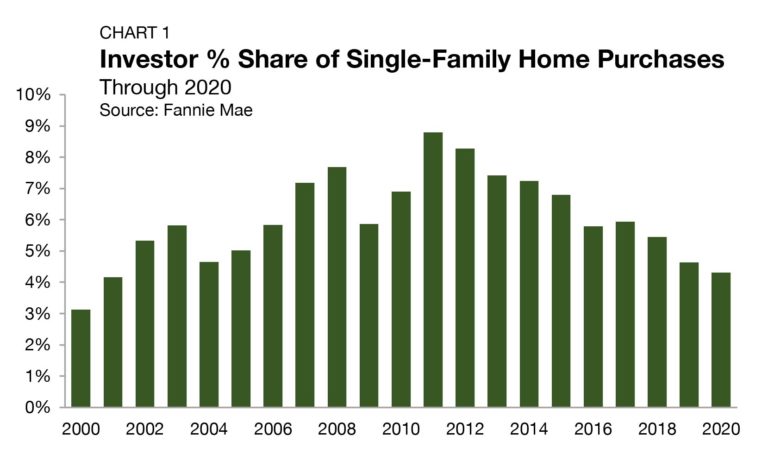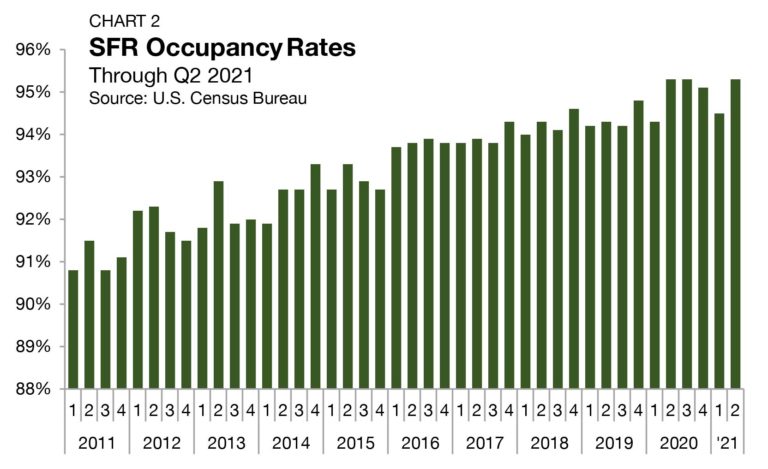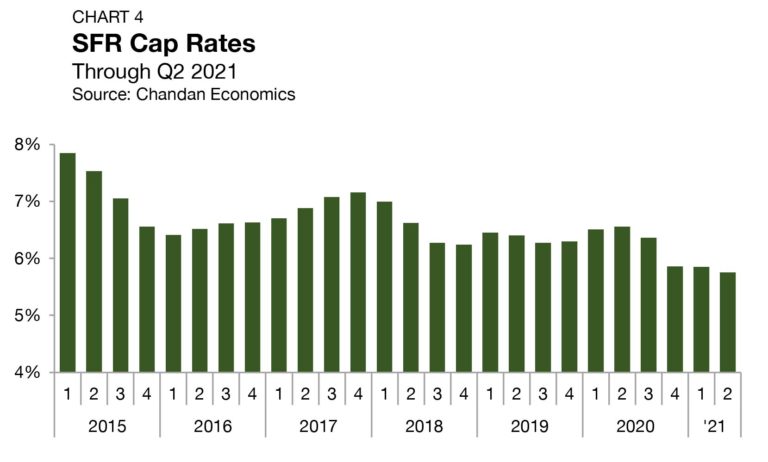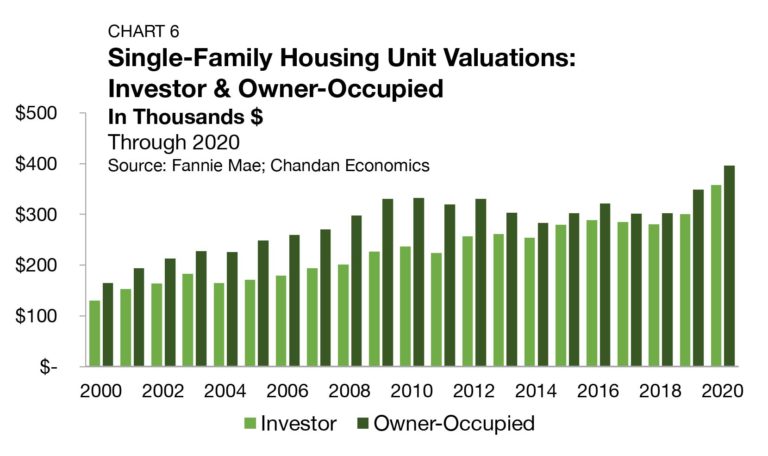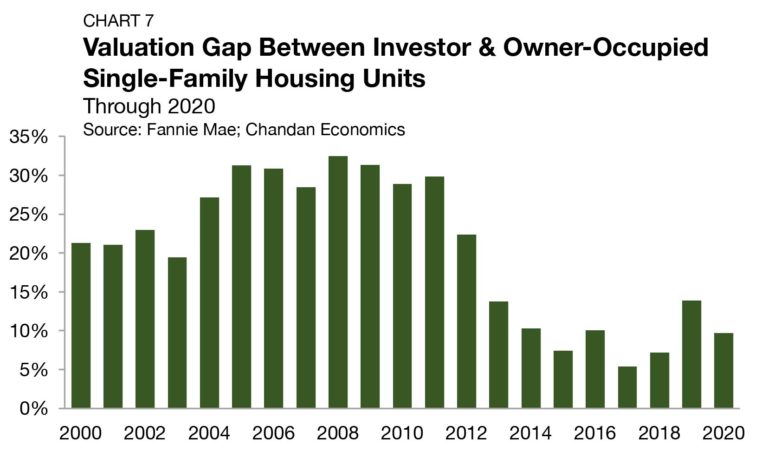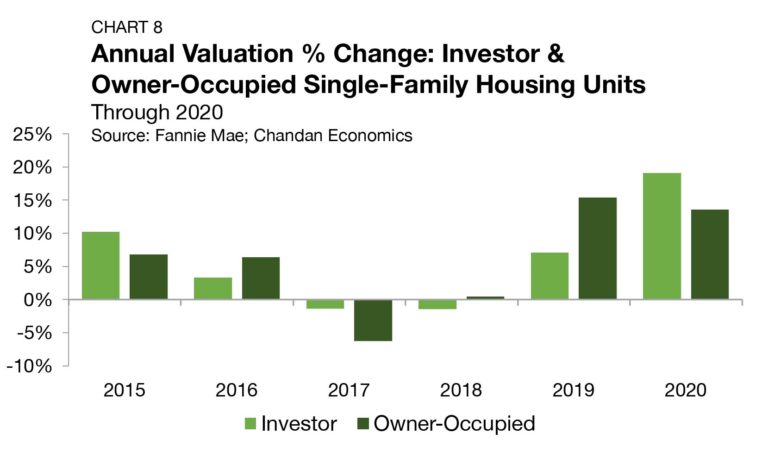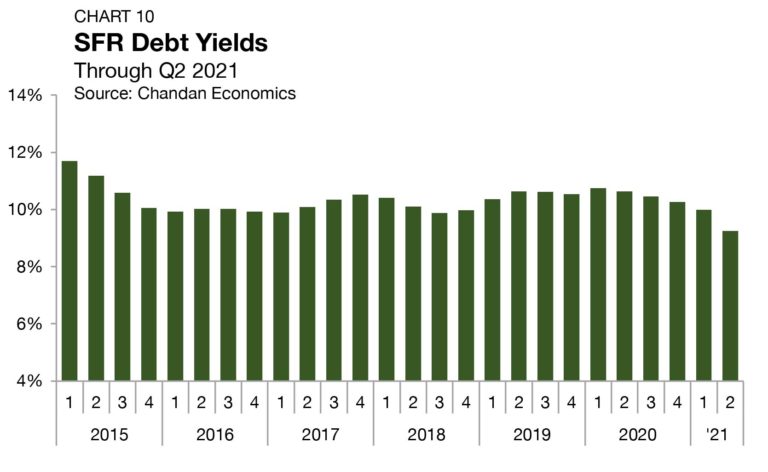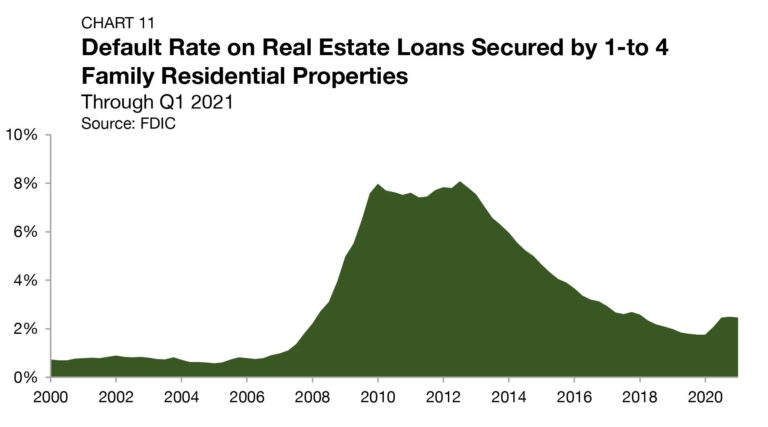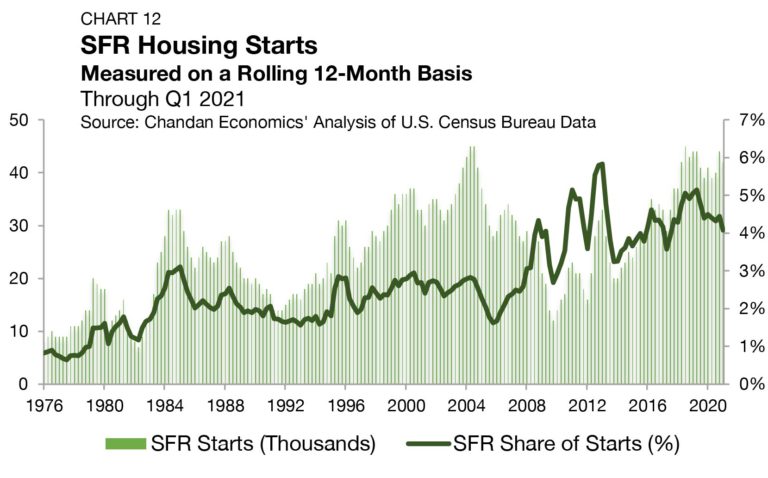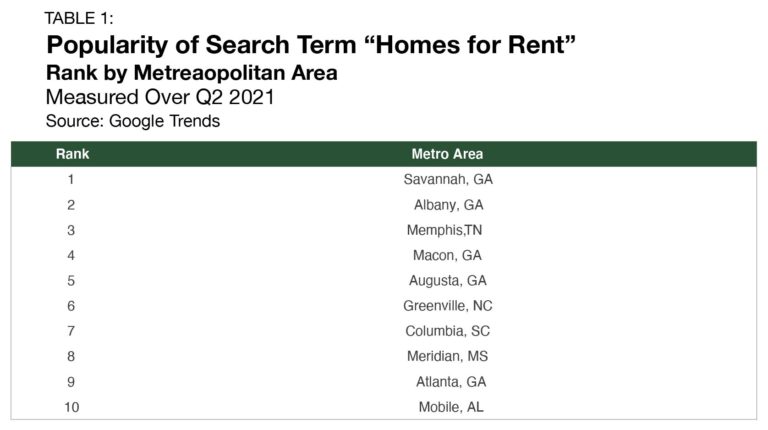Articles
Rental housing’s long-term investment outlook remains head and shoulders above its peers, driven by structural supply constraints and steady demand growth, finds the 2026 Emerging Trends in Real Estate report. Explore this trend and other key takeaways from the 47th edition of Urban Land Institute (ULI) and PwC’s influential industry report.
Articles
Small multifamily assets have begun to settle into a consistent pattern of growth following two years of price corrections. Building on the findings of Arbor Realty Trust’s Small Multifamily Investment Trends Report Q4 2025, our research teams look more closely at recent pricing trends and the factors driving the turnaround.
Articles
The Federal Housing Finance Agency (FHFA) announced a $30 billion boost to Fannie Mae and Freddie Mac’s volume cap for loan purchases in 2026 to $176 billion ($88 billion for each agency). This increase in FHFA loan caps for 2026 aligns with industry expectations, given the anticipation of improving market conditions and lending activity expected in a lower interest rate environment. Next year’s cap for the Government-Sponsored Entities (GSEs) is an increase of approximately 20% from the $146 billion limit set for 2025.
Current Reports
As the cost of living in the U.S. climbs, the shortage of affordable housing is a persistent challenge for many communities. While progress has been uneven to date, Arbor Realty Trust and Chandan Economics document federal and state initiatives aimed at creating positive change. In a sector known for its strength, stability, and consistency, new and old affordable housing opportunities are converging as the nation accelerates construction.
FRDDIE MAC® Conventional Forwards Arbor’s Freddie Mac® Conventional Forwards encourage the creation of new housing supply by providing takeout certainty to developers and construction lenders, helping to address long-term supply shortages that limit affordability and housing choice. In an evolving multifamily lending environment, our Conventional Forwards provide clarity to the terms of the permanent debt needed when a property stabilizes after new construction or major rehabilitation.
Analysis
As has been the case throughout this cycle, the top rent growth markets over the past 12 months represented several regions, all with varying strengths and characteristics.
Current Reports
Arbor Realty Trust’s Small Multifamily Investment Trends Report Q4 2025, developed in partnership with Chandan Economics, outlines the long-term positives reinforcing the sector’s growth amid macroeconomic uncertainty. With capital market activity poised to increase, small multifamily’s healthy fundamentals position it to trend higher in the next cycle.



